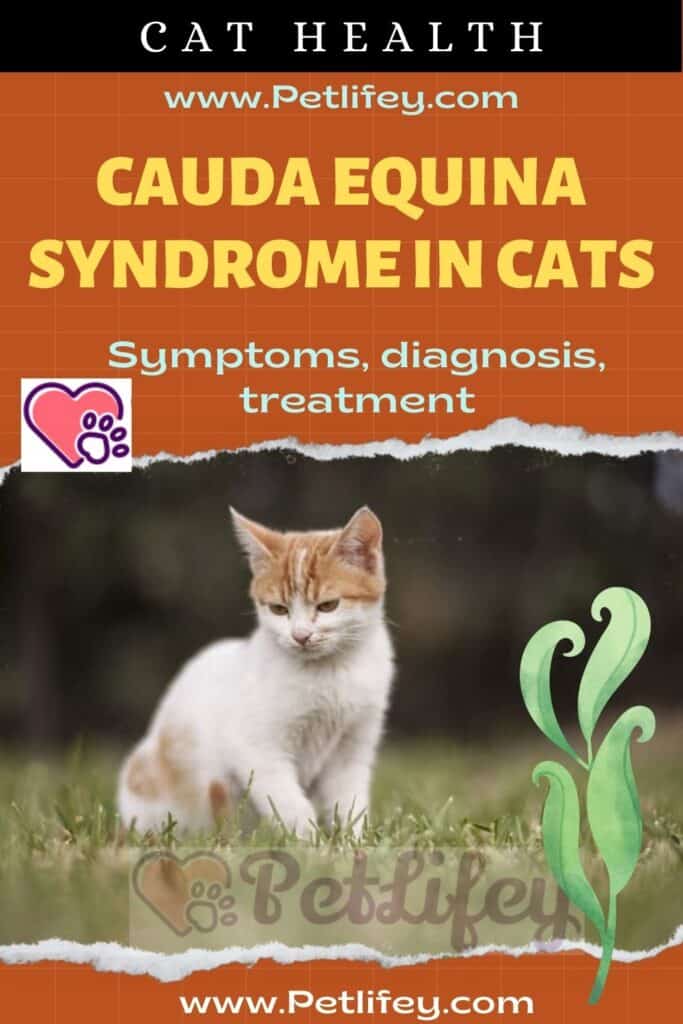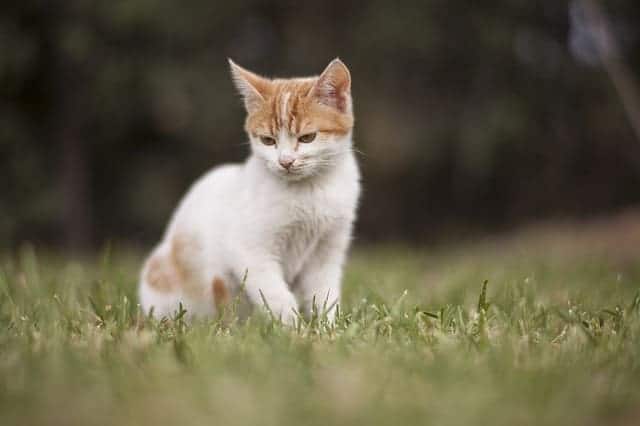Cauda Equina Syndrome in cats is a disease that can affect our furry friends. Let’s see together what it is.

There are many diseases that affect our beloved felines, and it is our job to take care of them and understand as soon as possible when it is necessary to take the cat to the vet.
One of the diseases that we can find in cats is the Cauda Equina Syndrome. In this article we will see together what it is and what are the symptoms to watch out for.
Cauda Equina syndrome in cats: what it is and what are the symptoms

The Syndrome of Cauda Equine, also known as stenosis Degenerative lumbosacral, is a neurological disorder.
This disease consists in the narrowing of the vertebral canal which causes compression of the nerves present between the seventh lumbar vertebrae and the first sacral one.
These nerves make it possible to move the posterior joints of the cat and its tail. They also enable the functionality of the abdominal organs of our four-legged friend.
A cat with this condition, which can be both congenital and acquired, has many symptoms, such as:
- Motor difficulties
- Tail pain
- Backache
- Pain in the hind limbs
- Lameness in the cat
- Incontinence
Lumbosacral degenerative stenosis in cats: diagnosis and treatment
To diagnose Lumbosacral Degenerative Stenosis in cats, the veterinarian will need to perform a complete physical exam.
The specialist will gently touch the spinal column of the Kitty, and will move the hind limbs of the feline. Then the veterinarian can also carry out other tests, such as:
- Radiography
- Magnetic resonance
- Tac
Depending on the severity of the symptoms, there are different treatments. If the feline is incontinent due to this syndrome, it could be hospitalized with a urinary catheter, until correct bladder function resumes.
In case of pain, the vet could prescribe anti-inflammatories and analgesics to the cat, which must limit the movements, above all it must not run or jump.
If the cat is unable to move anymore and is in severe pain, the vet may opt for surgery. Whatever therapy is suitable for your cat, it is advisable that the latter avoid any strenuous exercise.
Furthermore, in the event that the cat is overweight, a weight loss program could be useful, so that our four-legged friend can feel the pain less.






